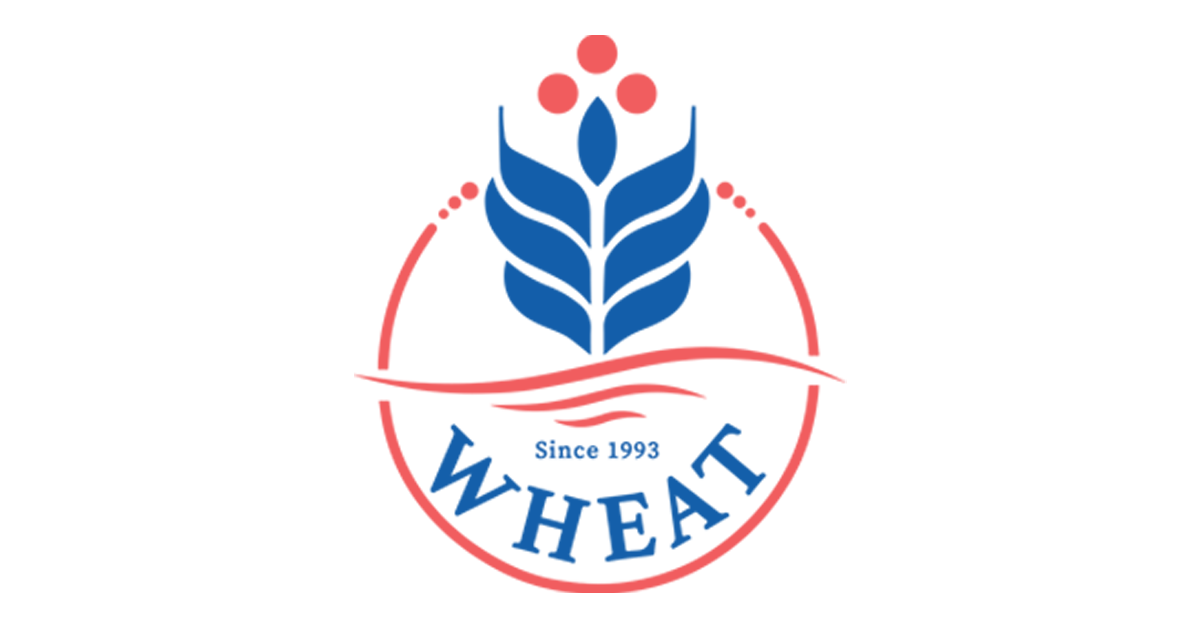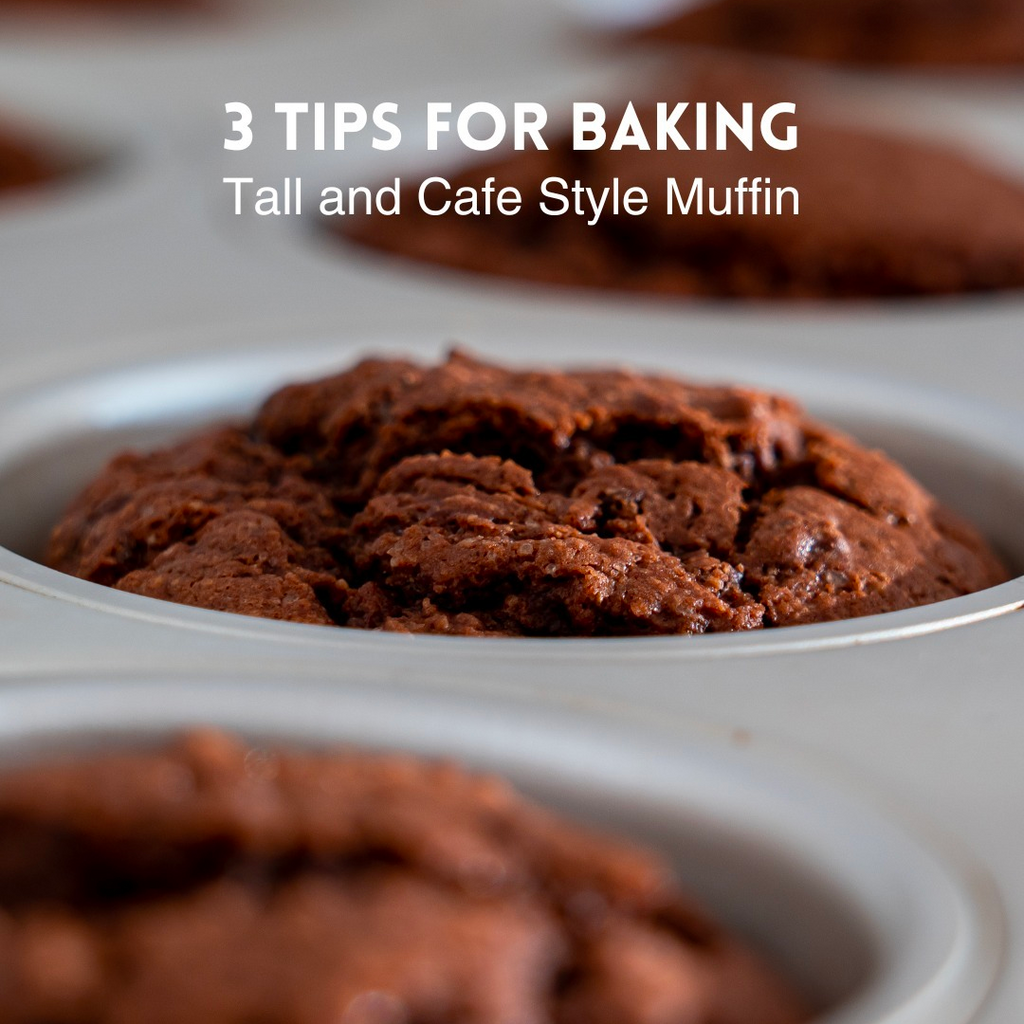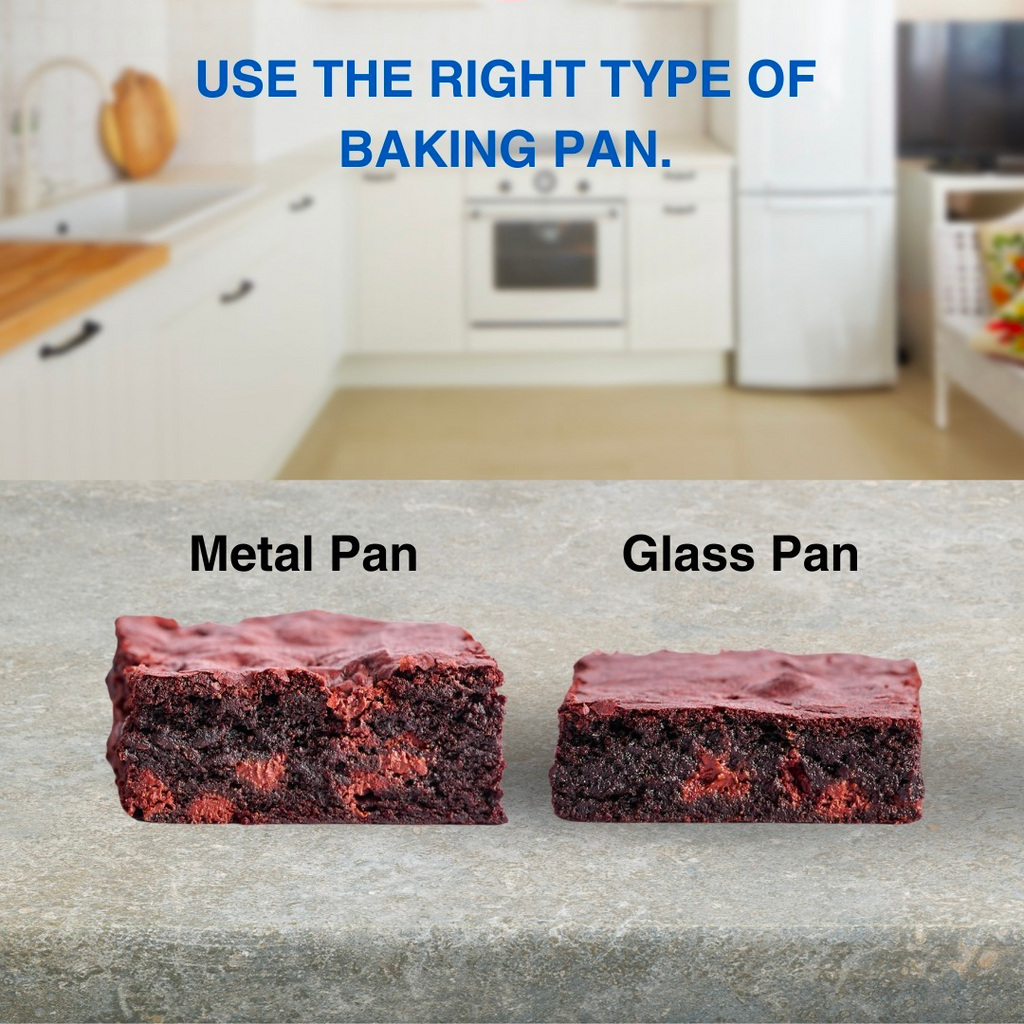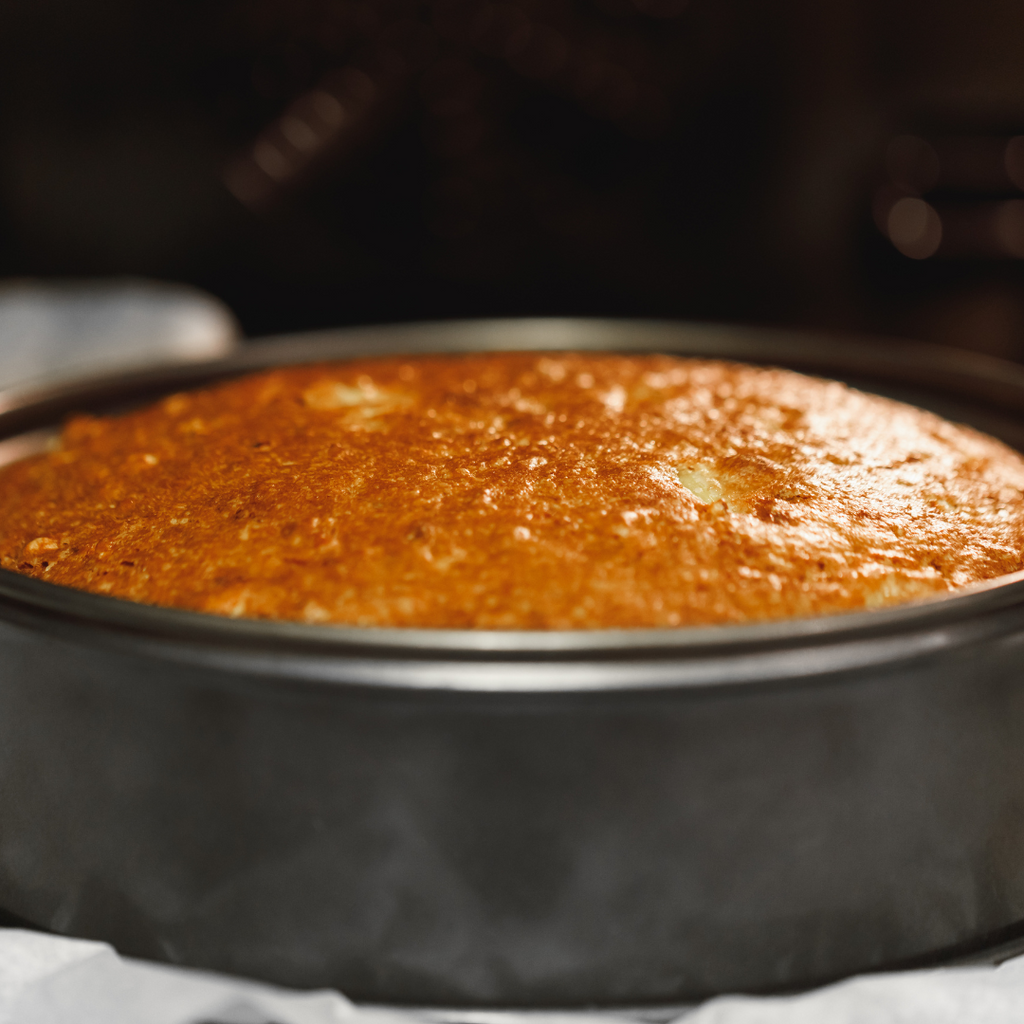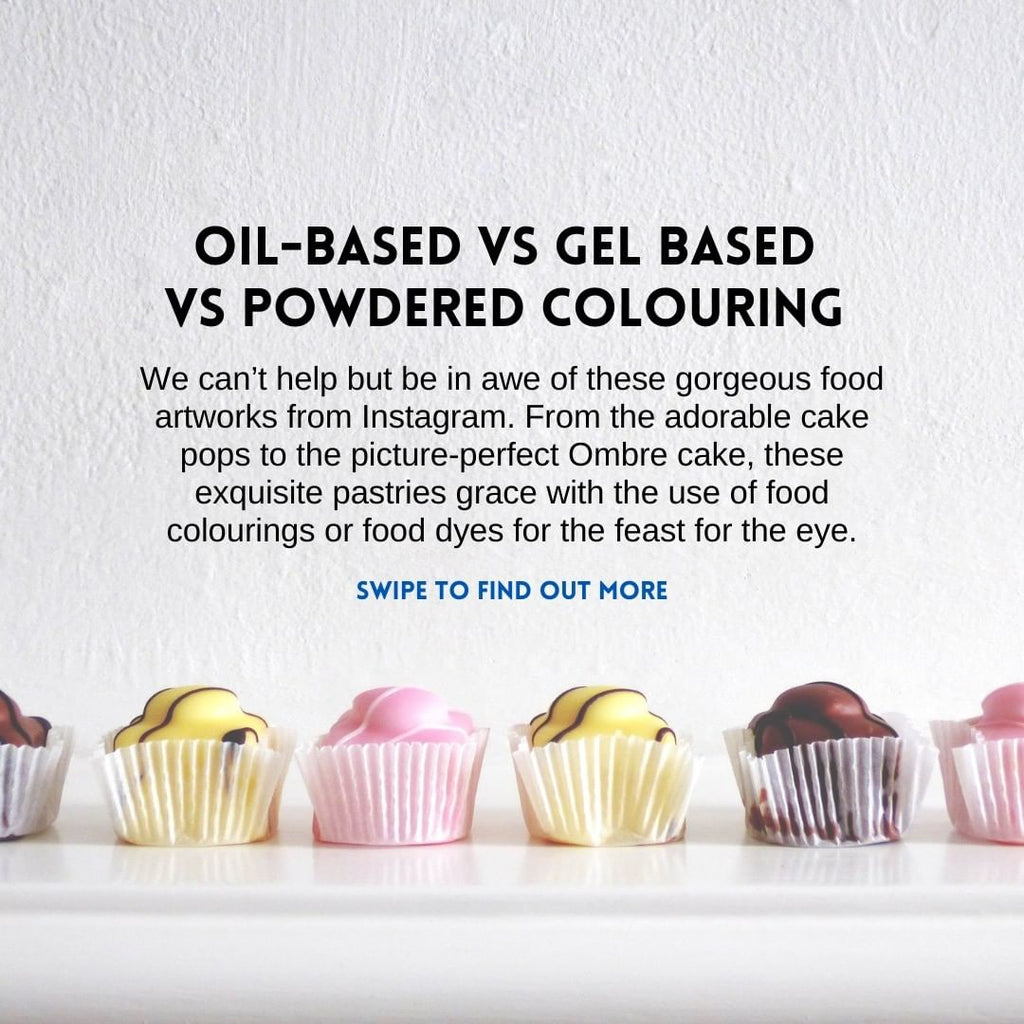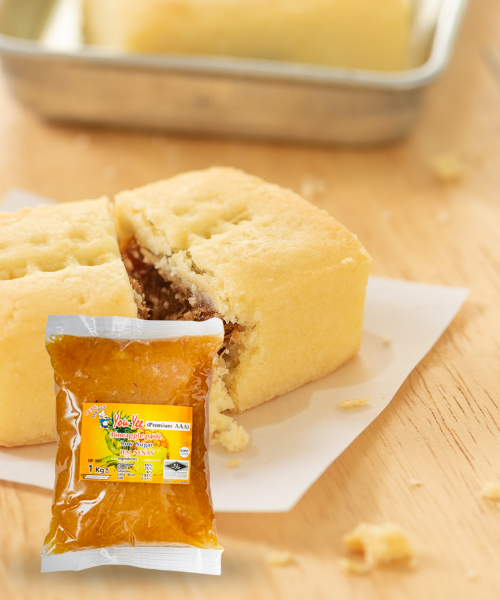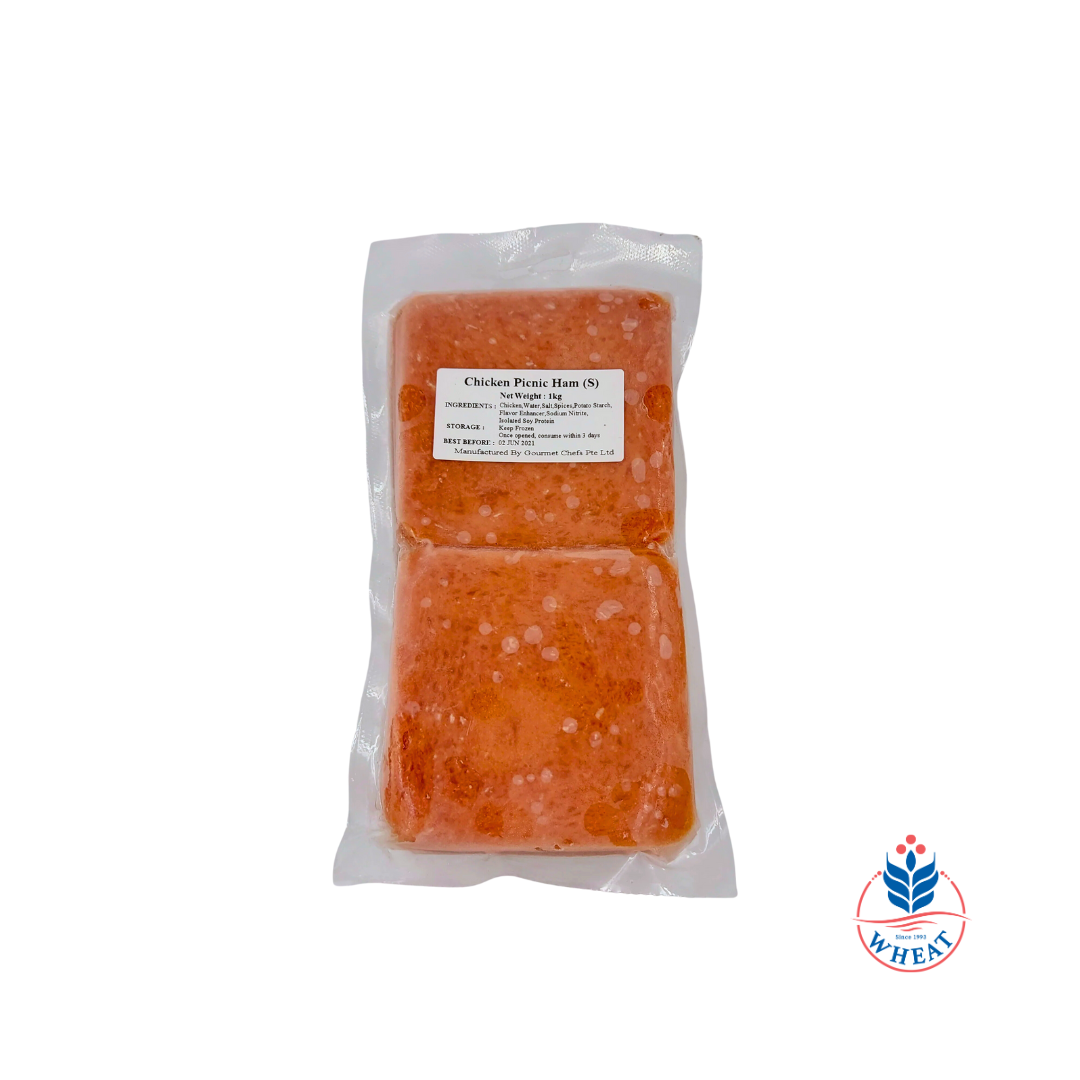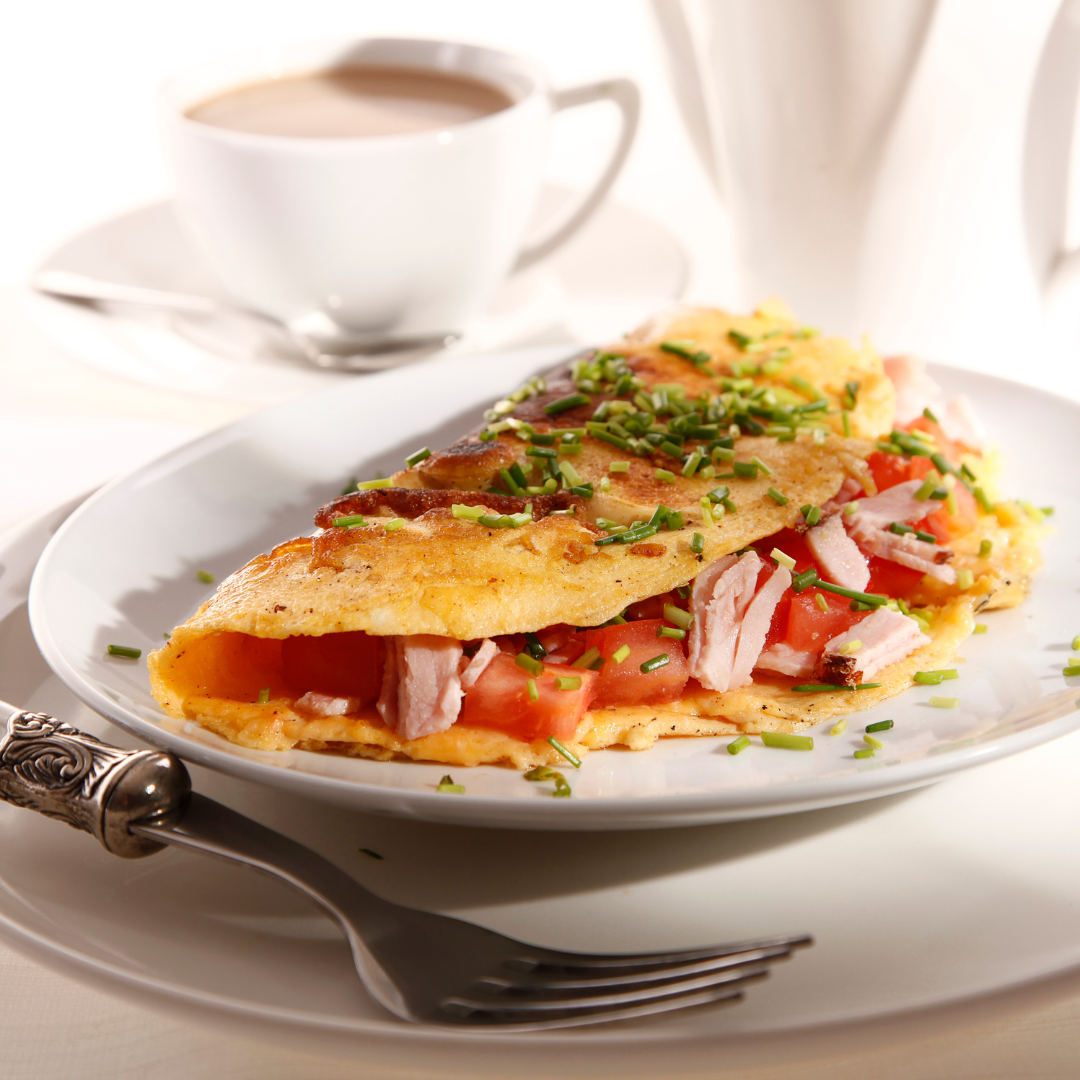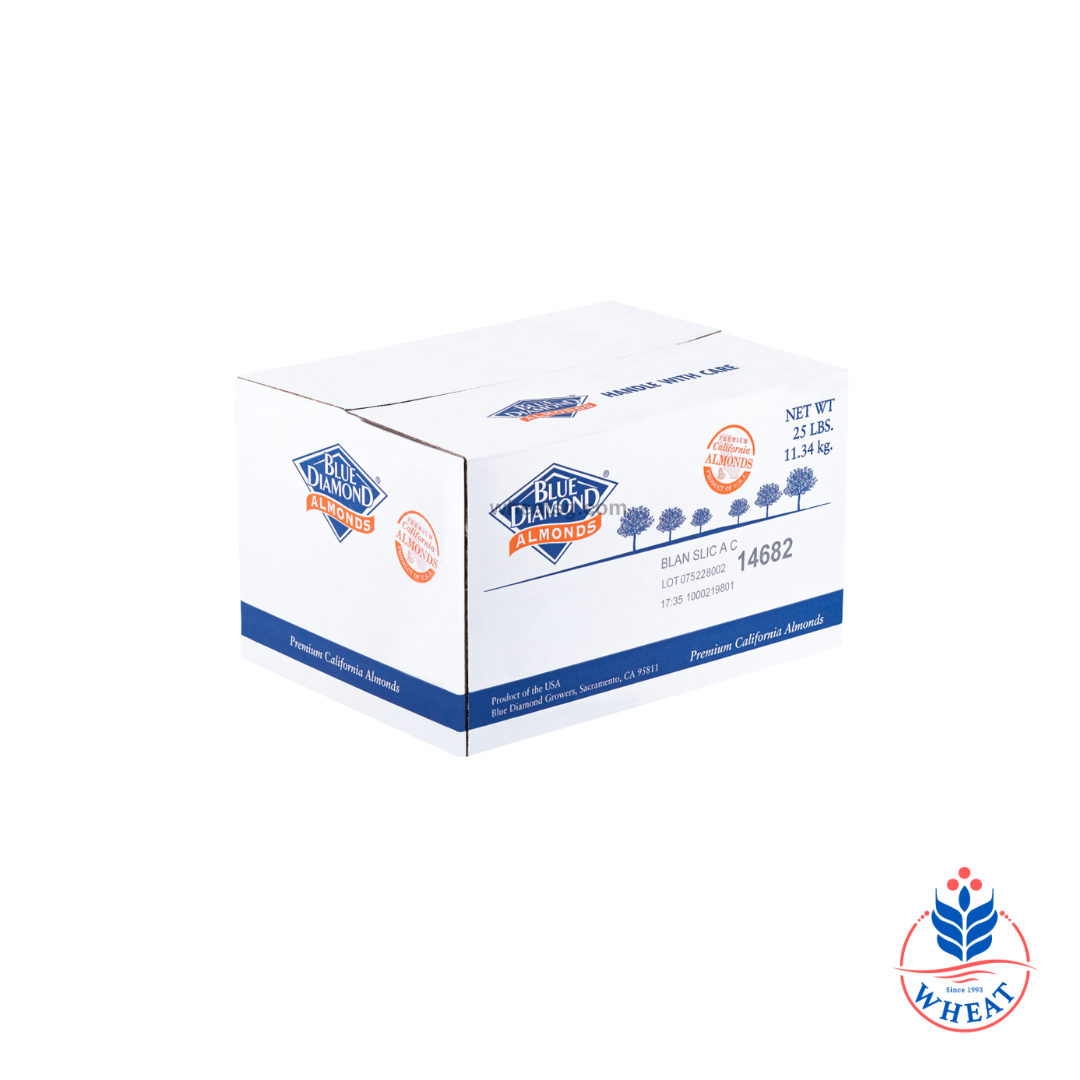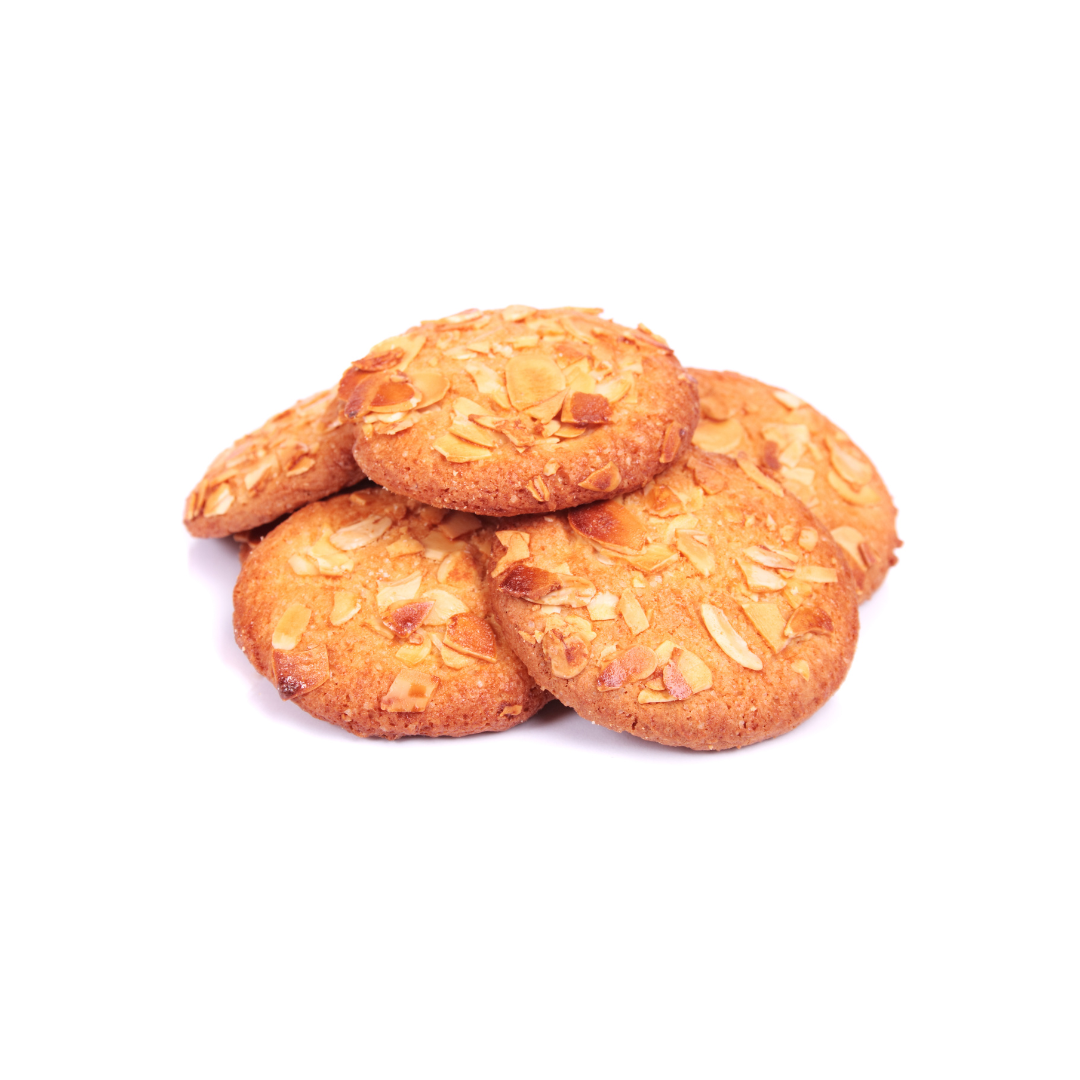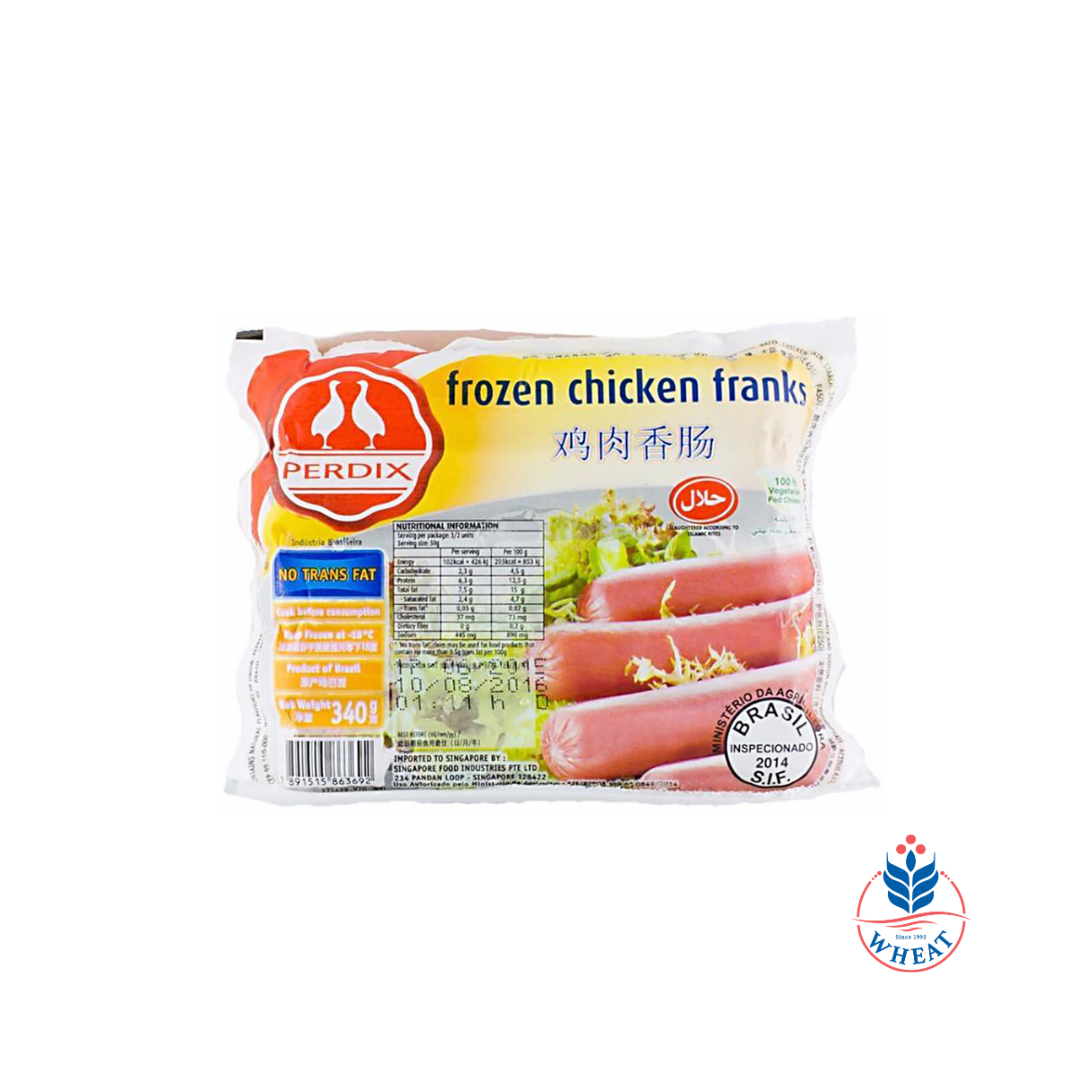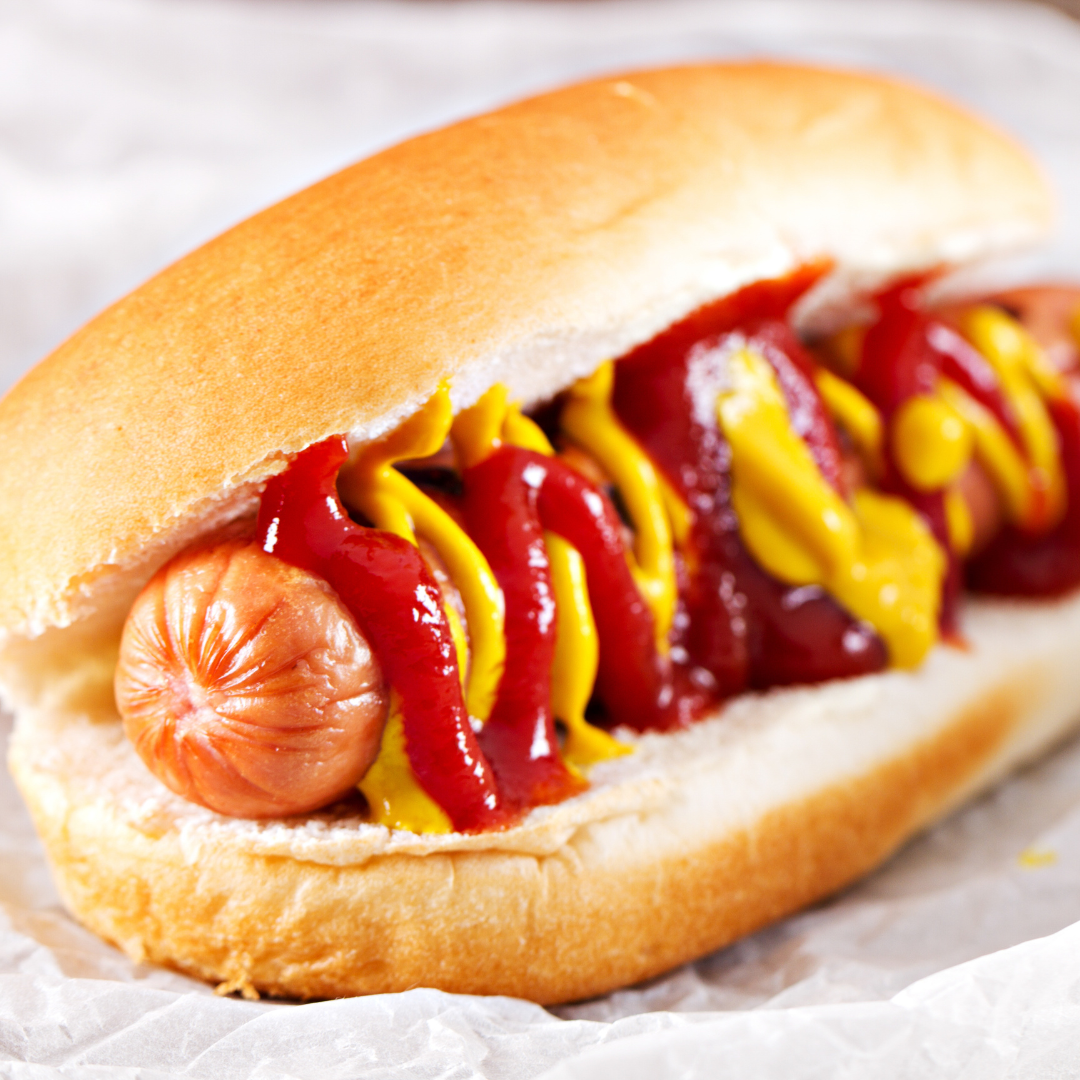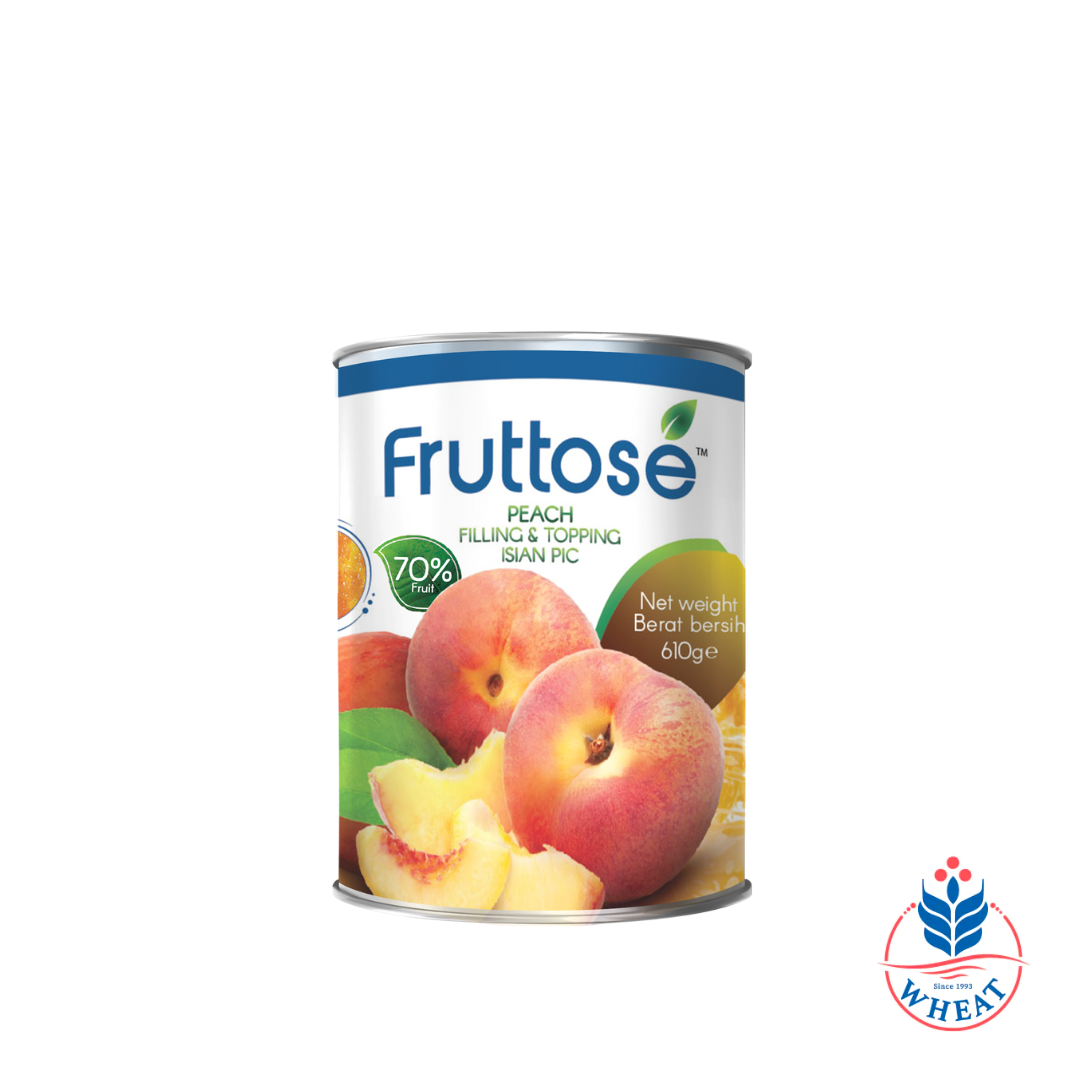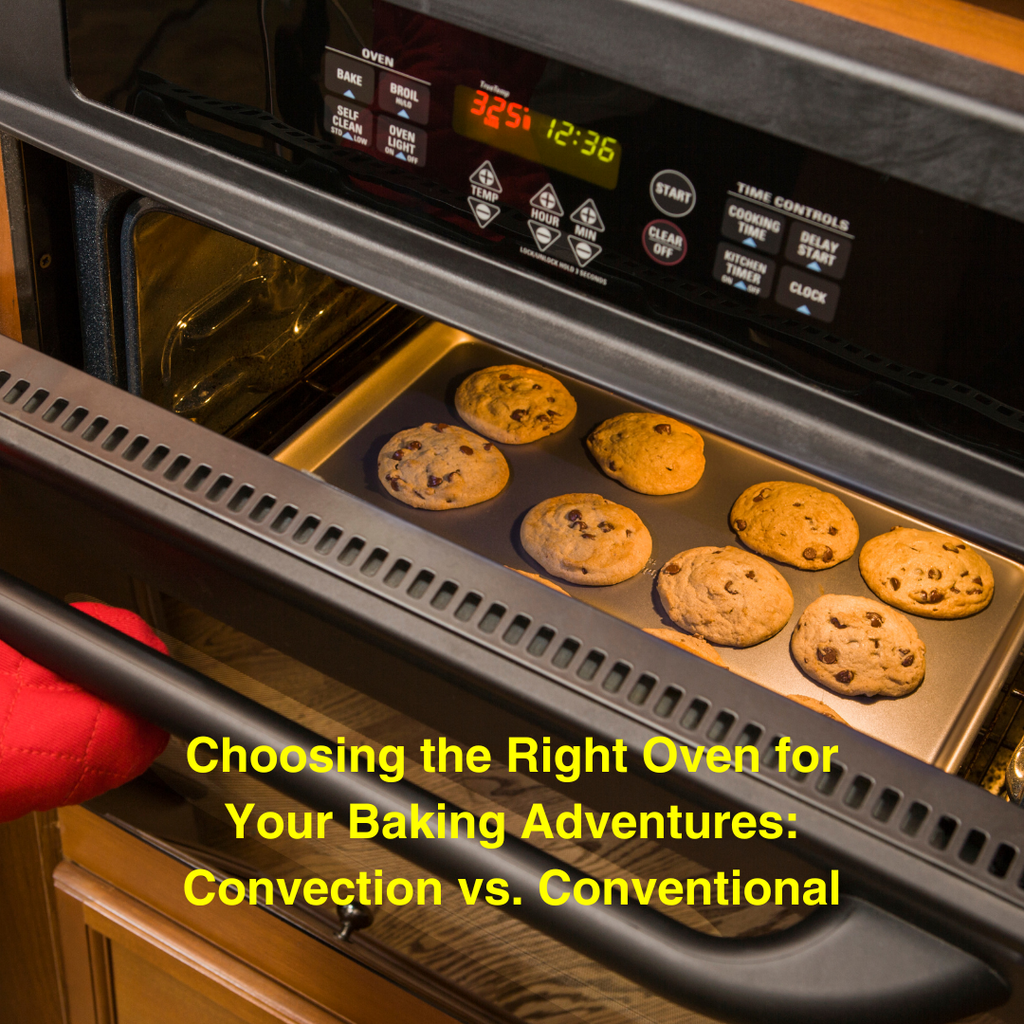
Choosing the Right Oven for Your Baking Adventures: Convection vs. Conventional

Choosing the Right Oven for Your Baking Adventures: Convection vs. Conventional
If you're a budding baker, the choice between a convection oven and a conventional oven might be puzzling. Let's unravel the differences and explore which one suits your baking needs better.
Understanding the Basics:
A convection oven employs a fan and exhaust system to circulate hot air evenly, resulting in consistent temperatures. Conversely, a conventional oven relies on radiant heat, often leading to hot and cold spots within.
Advantages of a Convection Oven:
The primary perk of a convection oven lies in its ability to cook food faster and more uniformly. Baking multiple trays simultaneously is a breeze, eliminating the need for constant rotation or temperature adjustments. The stable and uniform temperature reduces the risk of overcooking or undercooking.
Drawbacks to Consider:
However, a convection oven comes with its challenges. It can be pricier and more complex to operate due to increased electricity consumption and additional settings. Delicate items like soufflés or custards may suffer in texture and appearance, as the circulating hot air might dry them out or cause premature rising and collapse.
Advantages of a Conventional Oven:
On the flip side, a conventional oven offers simplicity and affordability. It's ideal for baking items requiring moist and gentle heat, such as cheesecakes or pies. Additionally, a conventional oven excels in creating a crispy, brown crust on certain goods like bread or pastries.
Considerations with Conventional Ovens:
Nevertheless, conventional ovens have drawbacks. They take longer to preheat and use more energy, resulting in less efficient and uniform heat. Uneven baking and browning can occur, necessitating constant monitoring and adjustments to prevent burning or undercooking.
Choosing the Right Oven:
The decision between a convection and a conventional oven depends on your baking preferences and the desired results. In general, convection ovens are better for high and even heat needed for cookies or cakes, while conventional ovens excel in providing a low and moist heat for custards or cheesecakes.
Tips for Baking Success:
- Adjust Temperatures: Lower convection oven temperatures by 25°F and reduce baking time, or increase conventional oven temperatures by 25°F and extend baking time.
- Rotate Pans: For conventional ovens, rotate and move baking pans during the process to ensure even cooking.
- Manage Moisture: Use conventional ovens for moist items like custards, or turn off the convection fan to prevent drying. Placing a pan of water in the oven can add humidity.
- Optimize Circulation: In convection ovens, ensure proper air circulation by using shiny baking pans and turning on the fan for even heat distribution.
Conclusion:
Choosing between a convection and a conventional oven involves weighing the features, advantages, and disadvantages for your specific baking needs. Feel free to experiment and adjust your techniques or even combine both oven types for optimal results based on your baking stage and preferences. Happy baking!
